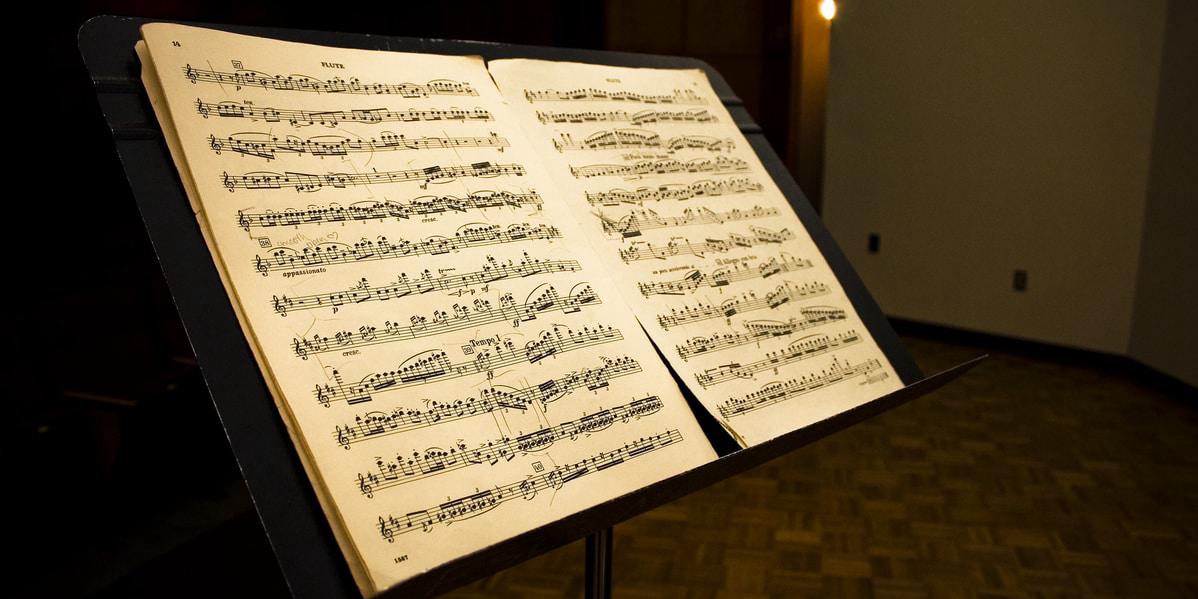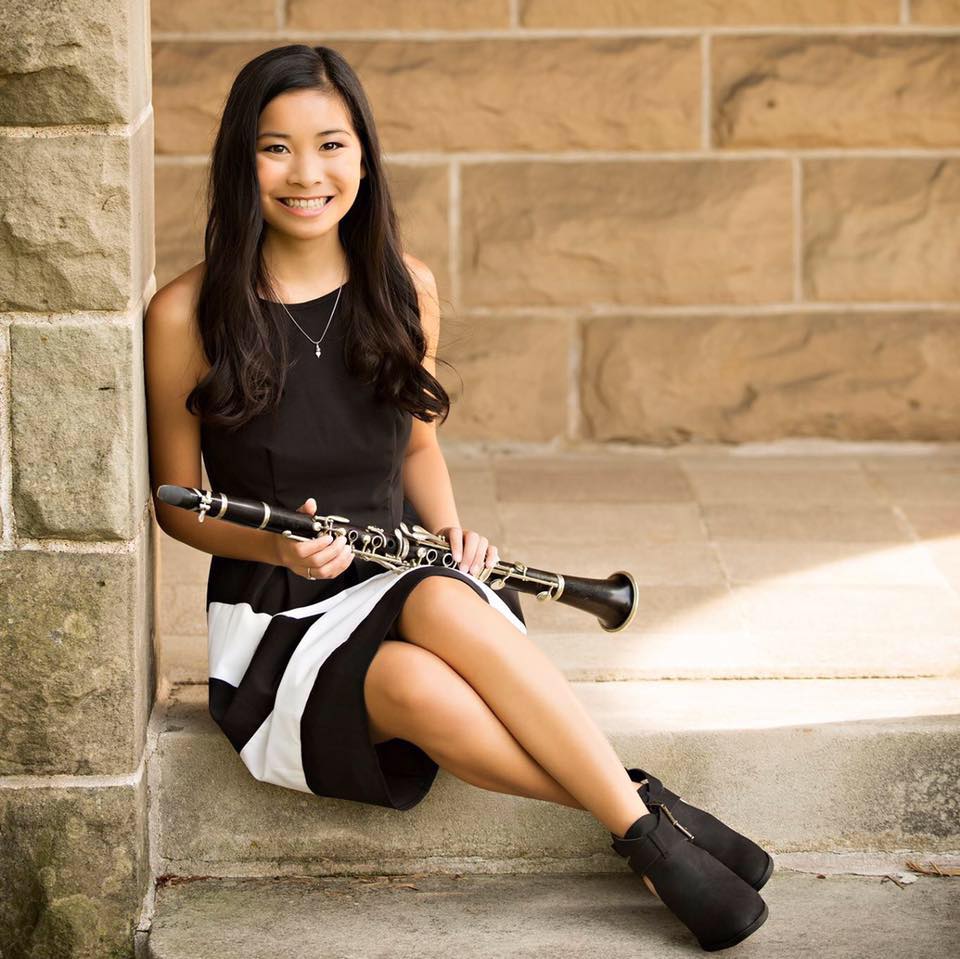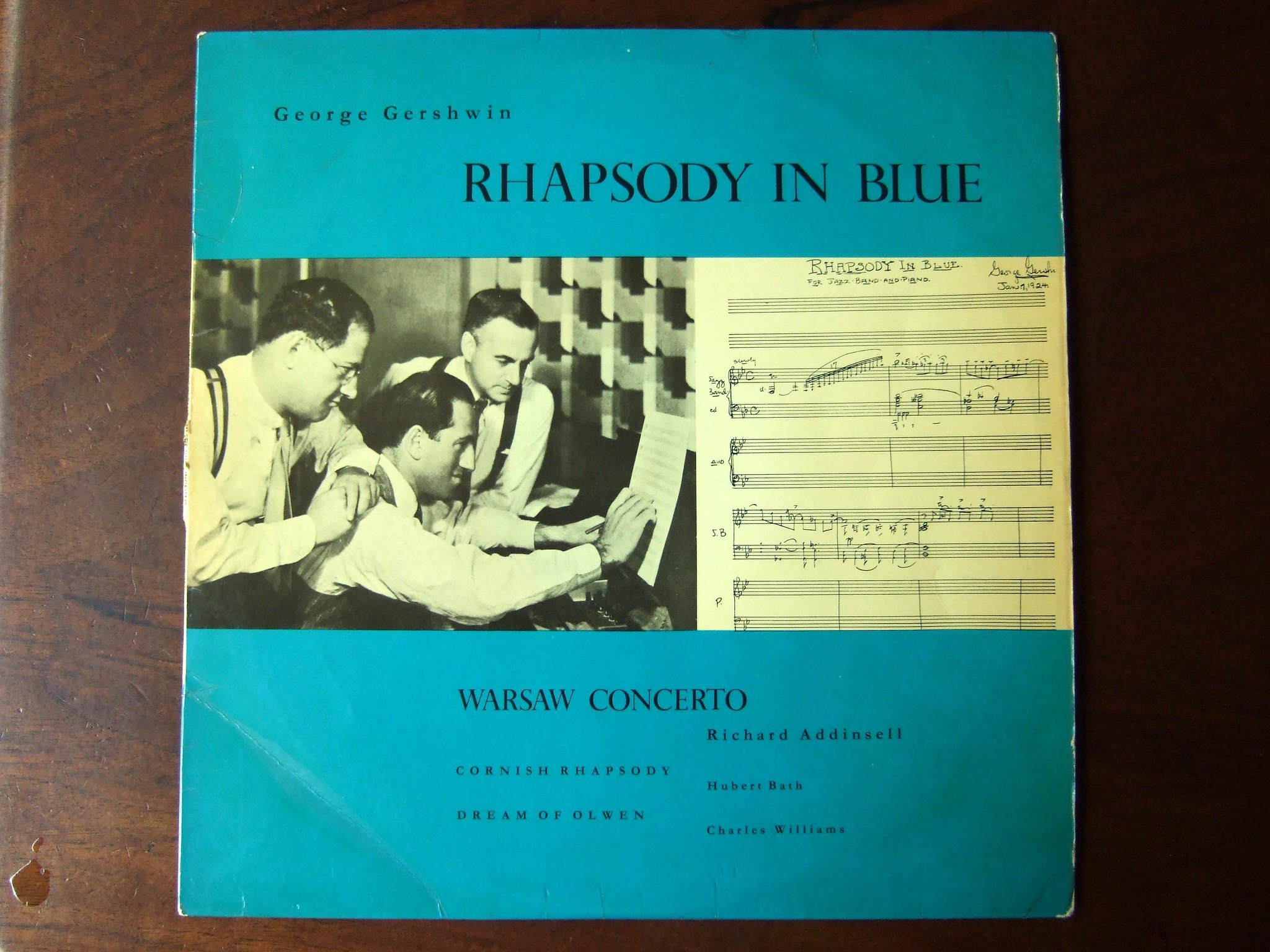A clarinet concerto is an excellent tool to use to strengthen and improve lyrical and technical playing. Concertos also help clarinetists learn how a soloist's role differs when playing with orchestral accompaniment instead of piano accompaniment.
Clarinetists can choose from a wide selection of concertos, thanks to many talented composers. Below is a list of popular clarinet concertos that my clarinet colleagues from college and I have compiled.
What is a Concerto?
The definition of a concerto is a musical composition that is structured in three parts or movements. The musical composition features a solo instrument that is accompanied by an orchestra or concert band.
Baroque Era
Early Baroque Era
In the early Baroque era, the concerto was used to denote works that involved voices and instruments. The solo instrument had independent parts that strayed away from the Renaissance era where the instruments doubled the voice part.
Late Baroque Era
The late Baroque era is when the instrumental concerto began to form. String instruments such as the violin, viola, and cello and wind instruments such as the flute, recorder, oboe, bassoon, horn, and trumpet were all used as solo concerto instruments. Keyboard concertos were very rare because the piano had not been invented yet, but Bach wrote concertos for the organ and harpsichord. Cellos were the earliest concertos written in the Baroque era.
The concerto evolved into the form of the soloist playing with or against the orchestra.
Famous concerto composers during this time were Tommaso Albonini, Antonio Vivaldi, Johann Sebastian Bach, and George Frideric Handel.
Classical Era
The classical concerto was written in sonata form. Sonata form is as follows: exposition, development, and recapitulation. It was conventional that the first movement of a concerto was structured in sonata form and the last movement was structured in rondo form.
The most popular concerti written from this era were written by Bach's sons.
Late-Romantic Era to 20th Century
The first decade of the 20th century was a very exciting decade for concertos. Composers started experimenting with new ideas that would've been unheard of in eras prior.
Composers experimented with more modality, non-western scales, atonality, neotonality, more dissonance, 12-tone technique, polyrhythms, and complex time signatures. These composers were Debussy, Schoenberg, Hindemith, Stravinsky, Prokofiev, and Bartók. The early 20th century also developed concertos for more instruments.
Mozart Clarinet Concerto
History
Mozart's Clarinet Concerto in A, K622 was Mozart's last major work that he composed before he died. It is believed that the clarinet was Mozart's favorite instrument family because his greatest works were written for the clarinet.
Mozart wrote this concerto for his good friend Anton Stadler, a clarinet virtuoso during Mozart's time. Mozart was very impressed by Anton Stadler's talent on the clarinet and especially on the basset horn clarinet. A documented quote from Mozart to Stadler is as follows, "Never would I have thought that a clarinet could be capable of imitating the human voice as deceptively as it is imitated by you. Truly your instrument has so soft and lovely a tone that nobody with a heart could resist it".
The basset horn is a member of the clarinet family, but it is one of the more rare clarinets. It was developed by Anton Stadler and Theodor Lotz, an instrument maker in Vienna. The basset horn is pitched a fourth lower than the Bb clarinet. The basset horn is longer than the Bb clarinet with a curve between the mouthpiece and the upper joint, as well as between the bottom joint and the bell.
Today, this clarinet concerto is most commonly performed on a Bb clarinet. However, Mozart originally composed this concerto for the basset horn in A. The score was later transposed for Bb and A clarinets.
Structure
Mozart's Clarinet Concerto is divided up into three movements: Allegro, Adagio, and Rondo.
Recordings
The video below is a recording of the clarinet concerto. This video displays the condensed score so you can follow along with the music.
This video features Martin Fröst, one of the most famous clarinet players, playing the first movement of Mozart's Clarinet Concerto on the basset clarinet. The basset clarinet is the closest modern-day instrument to the basset horn. You will see that the basset clarinet is straight like the Bb clarinet, but has a much longer lower joint with more keys.
I played the first movement of Mozart's Clarinet Concerto in my junior year of college. I loved playing this concerto because it taught me how to play as if I were two different characters in a one-person show. If you listen to the recording, it sounds as if two people are talking back and forth. The higher register is one person and the lower register is another. When we talk to other people, we don't use a monotone voice. Instead, we use fluctuation and pronunciation in our voice to convey our tone of voice.
Our clarinet playing must do the same fluctuation and pronunciation as our voice does. While we have dynamics and articulations to help, we can also create sensations within our sound. Another way to think of sensations is the push and pull of sound. Does this phrase push forward or does it pull back and settle? Mozart's Clarinet Concerto helped me develop better control over creating a sensation within my sound.
Copland - Clarinet Concerto
History
Copland's Clarinet Concerto was written for the world-renowned jazz clarinetist, Benny Goodman. Copland started drafting the concerto in 1947 while on a trip as a guest conductor and lecturer in Rio De Janeiro.
Structure
Copland's concerto is divided into two movements, "Slowly and Expressively" and "Rather Fast". The first movement is known as Copland's "most lyrical and melodious creations". It showcases the clarinet's lyrical and expressive capabilities and its ability to blend in with string instruments.
The second movement was influenced by Goodman's background in classical and swing music, as well as Copland's trip to Brazil. This movement highlights jazz music, Latin American music, and popular Brazilian tunes.
Below is a recording of the Copland Clarinet Concerto. This video also displays the score so you can follow along with the music.
Weber Concertos
Carl Maria von Weber was a German composer and opera director during the shift from the classical era of music to the romantic era of music. Weber took a trip to Munich, Germany where he met the clarinet virtuoso, Heinrich Bäermann, whom he wrote his Concertino and Concerti for.
Weber - Clarinet Concerto No. 1 in F Minor
Weber's first clarinet concerto is divided into three movements: Allegro, Adagio, and Rondo.
The first movement is a stormy piece, emphasizing the minor key. The movement begins with the cellos playing the main theme. The rest of the orchestra enters suddenly, creating an explosion of sound. The violins pick up the melody until the solo clarinet comes in. The movement ends quietly and mysteriously.
The second movement incorporates styles of both the early romantic operatic aria and the Mozart Clarinet Concerto. The soloist plays melodic and lyrical lines with simple orchestral accompaniment. In the middle section of this movement, there is a horn trio that the solo clarinet responds to and interacts with. The horns and the solo clarinet brings the movement to a close.
The third movement contrasts in character from the previous movements because it is light and lively.
Below is a recording of Weber's Clarinet Concerto No. 1. The video also displays the condensed score for the listener to follow along.
Weber - Clarinet Concerto No. 2 in Eb Major.
This concerto is comprised of three movements: Allegro, Romanza: Andante con Moto, and Alla Polacca.
The first movement, Allegro, sits comfortably in the key of Eb major for the majority of the movement and then modulates to Db major towards the end. The exposition where we first hear the main theme is played by the orchestra. The clarinet enters at a high Eb followed by a three-octave jump. The movement ends with the clarinet showing off the extent of its range.
The second movement, Andante con Moto, reflects Weber's opera styles. This movement highlights the clarinet's rich and full tone, as well as its wide dynamic range. Towards the middle of the movement, the clarinet plays runs that include wide leaps between notes. The movement ends with a short cadenza and a long concert G by the clarinet.
The third movement, Alla Polacca, is one of the most popular pieces of music in the clarinet repertoire. It is in the key of Eb major. This movement showcases a lot of the technique and style of the clarinet. This movement also incorporates rather large jumps in the clarinet part to enrich the melody. The rhythm of the melody is mostly dotted or syncopated to add a humorous edge. The end of this movement is outstanding and triumphant. The ending incorporates a large set of fast arpeggio and scalic runs.
Below is a recording of Weber's Clarinet Concerto No. 2. The video also displays the condensed score for the listener to follow along.
Weber Clarinet Concertino
Weber's Clarinet Concertino is my most favorite piece of clarinet repertoire that I have played so far in my clarinet career. I love this concerto because each section has unique styles, characteristics, and moods. Furthermore, each section showcases different and unique techniques of the clarinet.
This concertino is divided up into three sections: Adagio ma non-troppo in C minor, Andante in Eb major, and Allegro in Eb major. The difference between the concertino and Weber's other two concerti is that the three parts of the concerto are not technically called "movements", but rather called three different "parts".
This video shows Joan Enric Lluna playing Weber's Clarinet Concertino
Finzi Clarinet Concerto
Gerald Finzi was born in London. After World War I, he and his mother moved to Yorkshire. There, he was able to study composition with famous composers. In 1962, he moved back to London. In 1930, Finzi was appointed a teaching position at the Royal Academy of Music. His clarinet concerto was commissioned between 1948-1949 for Fredrick Thurston. Finzi's clarinet concerto, along with his cello concerto, is known as his best works.
Other Clarinet Concertos
Closing
Learning clarinet concertos greatly improves a clarinetist's lyrical and technical playing. Clarinet concertos also teach them the relationship between the soloist and ensemble. Playing with an orchestral accompaniment instead of a piano is drastically different, but a lot of fun!




